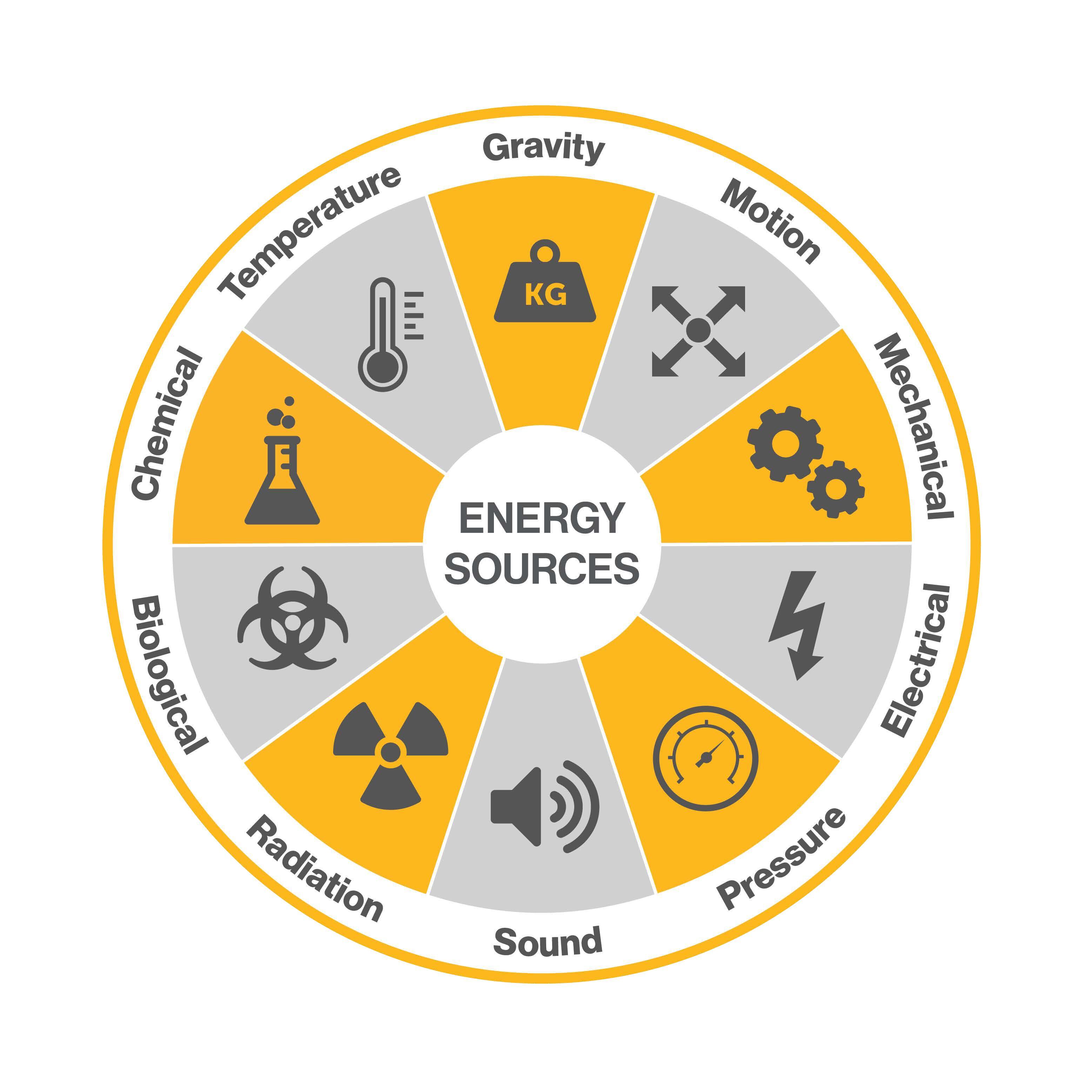Fatigue Risk Assessment: A Practical Step-by-Step Guide for Health and Safety Leaders

Research shows 13% of workplace injuries can be attributed to fatigue. If you're in a high-risk industry like mining or transportation, the need for fatigue mitigation rises. If you've been tasked with tackling this silent killer, an organization fatigue risk assessment should be the first step in your fatigue management initiative.
Download the Organizational Fatigue Risk Assessment Checklist.
What Is a Fatigue Risk Assessment?
A fatigue risk assessment is a structured process to identify and manage fatigue hazards in the workplace. It focuses on pinpointing high-risk roles, shifts, and other contributing factors that can compromise workers’ alertness and productivity.
A well-executed fatigue risk assessment will enable you to pinpoint risks and take action before they become accidents.
Here's how to assess your company's fatigue risks.
Steps to Conduct a Fatigue Risk Assessment
Step 1: Identify High-Risk Roles and Times
Not every role or shift presents the same level of fatigue risk. Certain tasks, especially those requiring intense physical labor, extended shifts, or overnight hours, tend to result in greater fatigue.
Start your fatigue risk assessment by mapping out the roles and times within your organization that have a higher likelihood of fatigue-related incidents.
Step 2: Analyze Work Schedules, Hours, and Breaks
One of the key factors in fatigue is the duration and frequency of work hours.
Long shifts with minimal breaks can rapidly lead to burnout and fatigue.
Reviewing work schedules, especially for patterns like consecutive night shifts or lack of scheduled breaks, can help highlight risk areas.
Workers fatigued from long shifts are 70% more likely to make critical errors.
Step 3: Engage Supervisors and Employees in the Assessment Process
Supervisors and employees are on the front lines. They know which schedules, shifts, tasks, and environment factors contribute most to fatigue. They have valuable insights that can inform your fatigue risk management plan.
Regularly survey or talk to front line employees about their experiences with fatigue and factors that affect their alertness. Ask about sleep habits, energy levels during specific shifts, and how they feel their current schedules impact their fatigue levels.
Use anonymous surveys or focus groups to gather honest feedback on fatigue-related issues and suggested improvements. This can help identify not only physical fatigue factors but also stress and mental strain.
By involving employees, you gain insights that data alone can’t provide. They know the pain points, and sometimes a minor change can make a big difference.
Step 4: Leverage Objective Fatigue Monitoring Tools
Incorporating objective measures, such as a wearable fatigue monitoring system, can provide unbiased data to your fatigue risk assessment.
Tip: Pilot a fatigue monitoring system with a small subset of your most at-risk employee pool. Expand the pilot after 3 or 6 months if the results show high risk of fatigue.
Step 5: Develop and Implement Policies Based on Findings
Once fatigue risks are identified, create a fatigue management policy that directly address these risks. This might involve:
- adjusting shift patterns (with shift work scheduling software)
-enforcing rest breaks
-instituting a fatigue training program
-shortening overnight shifts
-other fatigue mitigation strategies as you see fit
Some companies reduce back-to-back shifts, limit overtime, or establish quiet areas for quick breaks. Others prioritizing reduce risks in the environment, such as excessive noise, low light or vibrations that contribute to fatigue.
There is no right or wrong answer. The fatigue mitigations you put in place will be based on the specific risks you identify.
Tip: Read our fatigue management guide for help creating a fatigue management policy and a list of fatigue risk mitigation strategies and fatigue countermeasures.
Step 6: Measure and Review the Impact of Changes
It’s essential to track the impact of any fatigue management interventions to gauge their effectiveness.
Measure key metrics, such as a reduction in incidents, lower levels of absenteeism, and employee/supervisor feedback on fatigue levels.
By analyzing this data, you can make informed adjustments and continually improve your fatigue risk management efforts.
Benefits of Conducting a Fatigue Risk Assessment
A well-implemented fatigue risk assessment goes beyond simply reducing fatigue—it creates a safer, more productive environment and leads to long-term business benefits.
When a fatigue risk assessment is the first step in your fatigue management initiative, can you avoid false starts and create an action plan that addresses your organization's unique risks for maximum impact.
A fatigue risk assessment can also help you get leadership buy-in, ensuring your fatigue initiative gets the support it needs to move forward.
FAQs
What is a fatigue risk assessment?
A fatigue risk assessment is a structured approach to identifying fatigue risks within a work site, enabling organizations to take preventative steps to protect their employees.
How does fatigue impact safety in high-risk industries?
Fatigue can slow down reaction times, impair judgment, and increase error rates, posing serious safety risks in sectors requiring focused, alert workers.
What are the benefits of implementing fatigue management?
Fatigue management reduces the likelihood of accidents, improves productivity, and fosters a culture of safety.
How frequently should fatigue assessments be conducted?
Fatigue assessments should be reviewed regularly, particularly after changes to schedules or shifts, or if incidents suggest fatigue might be a factor.
Related Posts
-
Shifting From Reactive Dash Cam Safety to a Proactive Safety StrategyDash cams are now common across trucking fleets, mine sites, and people-transport operations. They help reconstruct incidents,...
-
Why Fatigue Risk Management Is Becoming a Strategic Priority in Safety-Sensitive IndustriesFatigue has always existed in safety-sensitive industries. What has changed is how well we can see it and how quickly it can be...
-
How Energy-Based Hazard Recognition Reduces Risk in Mining Safety (And How Readi Amplifies the Impact)Summary In mining operations, hazard recognition is the frontline of safety. Yet, studies show that workers identify less than...




